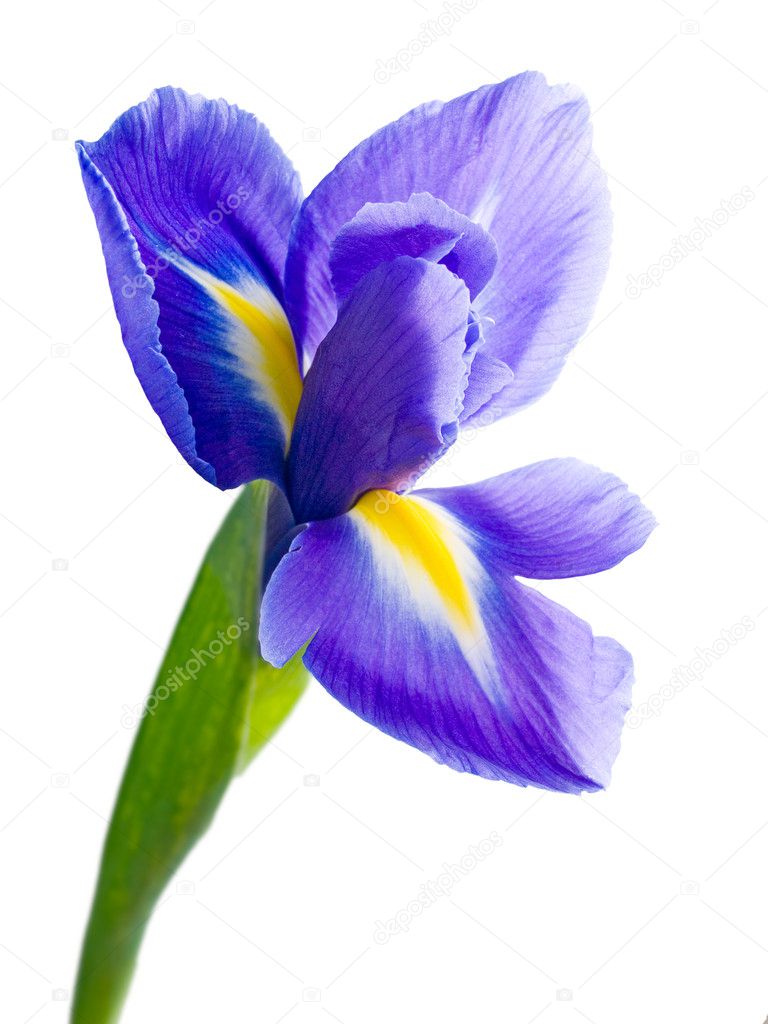
If your iris blooms this early it is a reticulata type. Flowers appear as the snow is melting and before other common spring bulbs like tulips and daffodils. Early SpringĪn iris that blooms in early spring will bloom along with snowdrops, and glory of the snow. Iris Identification by Bloom Timeīloom time is not a very precise way to identify an iris type but it is a useful to confirm your identification in some cases. If your iris has neither a beard nor a crest it is a beardless iris. There are three main types of iris with rhizomes. Iris crista showing the raised tissue known as a crest, photo by Dennis Kramb Iris Identification In this picture the standards are white and the falls are purple. The standards are three petals that are standing straight up. The falls are the three petals that are curved downwards – they are falling away from the center of the flower. Most iris have similar looking flowers but there are a couple of unique characteristics that are used to identify different types of iris with rhizomes and these include the ‘beard’ and the ‘crest’.Īn iris has two types of petals called ‘falls’ and ‘standards’. Iris Identification by Flower Characteristics Most iris grow from rhizomes and if you have one of these you will need to have a closer look at the flower in order to identify its type. If your plant has a bulb and blooms in mid summer it will be a Dutch type. If your plant has a bulb and blooms in early spring along with snow drops and before tulips,it is a reticulata type. There are two common types of iris that grow from bulbs and these are easily distinguished from one another by their bloom time. If you don’t find a rhizome the iris is probably growing from a bulb.īearded iris rhizomes in the center of the picture Bulbs If you don’t see it, remove an inch or two of soil towards the center of the plant. Some iris will have the rhizome sitting at soil level or even above soil level, as in the picture below. Look at the soil right at the base of the leaves. Since most iris have rhizomes, start by looking for a rhizome. You might not have to dig up the whole plant. How do you know if your plant has bulbs or rhizomes? The surest way to know is to dig one up and have a look at it. This difference separates iris into two main categories as shown in the above flow diagram. Reticulata iris – early spring bloomers.Crested iris – Iris cristata and Iris tectorum.Beardless iris – which includes the Siberian, Japanese, and Louisiana irises as well as Iris pseudacorus.Bearded iris – also known as the German bearded iris.I will be discussing the following types. Instead it is based on cultural requirements and their popularity in the garden. My segregation of iris into types is not based on scientific taxonomic characteristics. The term iris is both the name of the genus and a common name used for iris and iris-like plants. Iris with flattened leaves, forming a fan, are the most common in gardens.Īs you can see from this description iris plants can vary quite a bit. They have long, erect flowering stems which may be simple or branched, solid or hollow, flattened or have a circular cross-section. Iris are perennial plants, growing from creeping rhizomes or from bulbs.

It is a genus of up to 300 species of flowering plants.

From Wikipedia we have the following description for an iris.


 0 kommentar(er)
0 kommentar(er)
